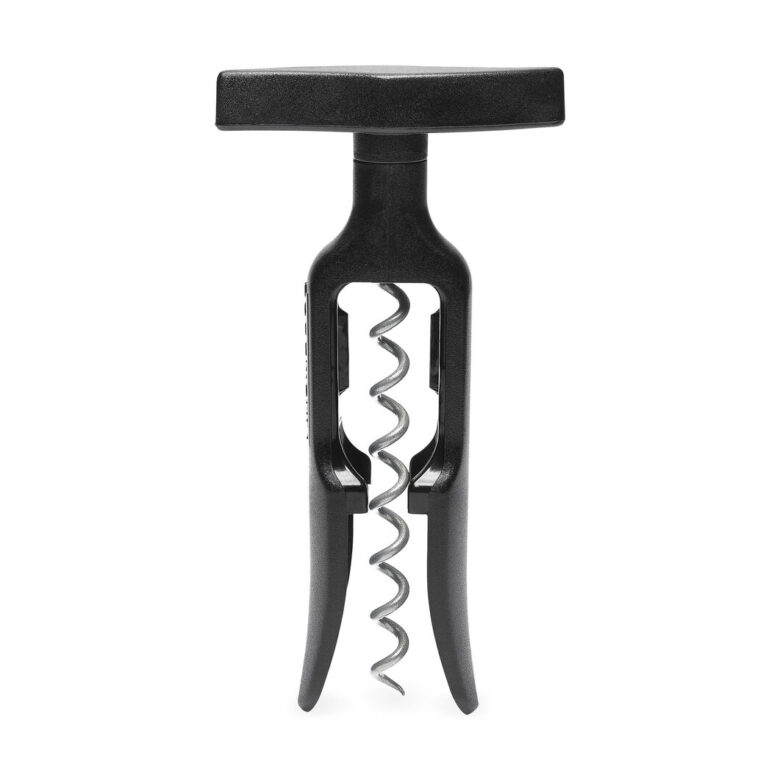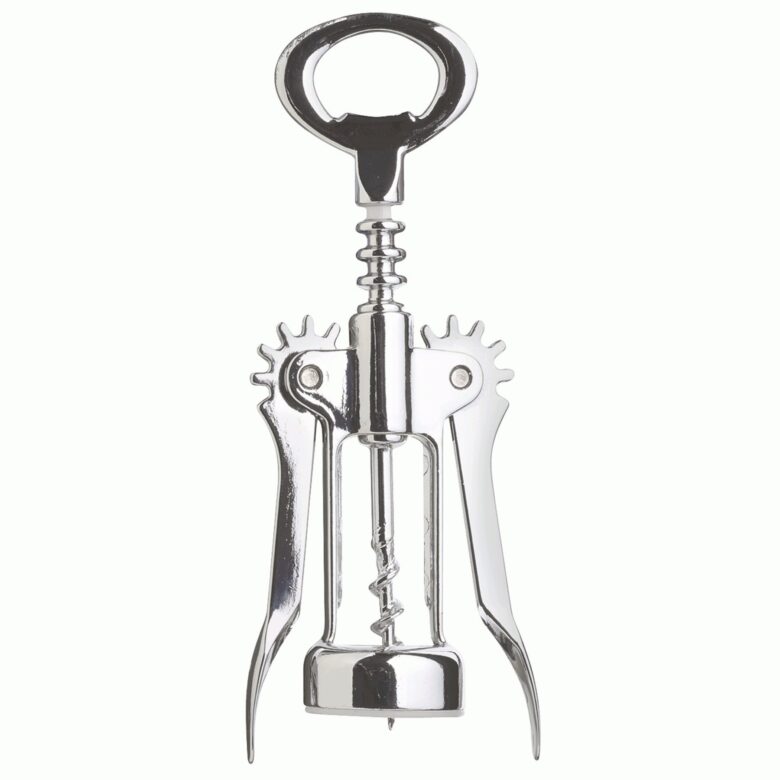Necessity is the mother of invention, so they say. The unique, tight covering on your choicest wine was motivated by the need to have a lid that would seal the content without compromising the quality of the wine. Most wine enthusiasts do not think much about the cork stopper until it the corkscrew fails.
An expensive bottle of wine can remain worthless if this vital tool is not functional. Most wine lovers often have more than one corkscrew to help them enjoy their drink. It is common to see friends searching peugeot-saveurs.com to find the perfect corkscrew to gift wine lovers among friends and family. There’s the old-fashioned corkscrew to the most current version that is electrically charged open the bottle.
You may think of a corkscrew is another simple tool with only one function in your cabinet, but you may be surprised at the many variations available in the market. This guide will help you make a wise decision as you choose one for yourself or a friend’s gift.
Types of corkscrew openers
1. Screw-pull corkscrew

Source: moma.org
This is the traditional wine opener you’re likely to find in every home cabinet. It has a simple design consisting of a twisted metal rod-the worm and a handle to give grip. You screw the curled metal rod at the center of the cork, to open the bottle, and then pop the cork out by pulling the handle. This corkscrew requires some elbow grease to let the bottle open.
The traditional corkscrew is a timeless, inexpensive accessory that should adorn every winery collection. The art of pulling the corkscrew may seem easy, but it can take longer or fail to open.
This corkscrew is the hardest to use and takes a longer time to have the bottle open. Consequently, it has slowly lost popularity in the market. Nonetheless, they are available in most stores with a little variation on their model. It does not harm to have it as a family heirloom or for keepsake.
2. Wine keys

Source: pinterest.com
To have your bottle of champagne open, you can use the wine key also known as the waiter’s corkscrew. It’s an improved version of the traditional corkscrew because there’s a lever added to it. The lever allows one to rest the wine key on top of the bottle thus, making it possible to pull the cork out.
Unlike the traditional screw-pull corkscrew, the wine key does not require so much arm strength. However, you need some skills to use it effectively.
The secret of using a wine key is to target the screw at the center of the cork, drive the worm in just the right amount, rest the lever on the bottle’s rim at a right angle and pull it open. You may need to open several bottles to perfect this art.
Wine keys are popular with waiters and sommeliers because they’re light to carry around. Once you master the opening skill, the bottle opens in no time. They’re affordable and, at times, come with an in-built foil cutter for convenience.
3. The winged corkscrew

Source: housingunits.co.uk
This type has an attractive design modeled after a pair of wings. Since its introduction in the market, it has become one of the most common corkscrew openers among wine lovers. Of the three types explained above, this is the easiest, most convenient to use.
The winged corkscrew has a set of levers, thus, giving either of its sides a ‘wing’. The additional lever eliminates the need to align everything in the right angle and position. To open, place the opener on top of the bottle, turn the erect handle up top.
This action will trigger the wings corkscrew’s wings to start rising slowly. At this point, push the wings back down for the worm to thrust the cork out of the wine bottle. It’s that simple and effortless.
The winged corkscrew isn’t quite portable because it’s heavy and doesn’t have a pocket-size-friendly design. It needs some free space for storage. Otherwise, the wings can trap something causing the worm to poke out. To prevent such occurrences, you can wind a rubber band around the wings.
Winged corkscrews require less arm strength and skill to use. A first-time corkscrew opener can use it without much effort. However, it is not the recommended corkscrew opener for old wine bottles because the corks are likely to be brittle and susceptible to breakage. As force is applied to the cork, the corkscrew may easily break or snap an aged bottle cork.
When purchasing a winged corkscrew, consider the material used on the opener. A very affordable winged screw opener may be made of less durable material and prone to breakage.
4. Lever corkscrew

Source: food52.com
This model is much easier to use than the winged counterpart. It consists of handles that secure the wine bottle in place as you lower the screw with the lever, then pull it back and out. Voila! Your wine bottle will pop open-painless and effortless!
And because a lever corkscrew requires no arm strength, tit’s ideal for wine lovers managing arthritis and other mobility-limiting health conditions.
The lever corkscrew has variations that are popularly picked for gifts. These modified types are affordable and perform better than the traditional screw-pull, the wine keys and winged counterparts.
However, some lever corkscrews are not compatible with synthetic corks. One who prefers the newer wine bottles with the synthetic cork should shop for a lever corkscrew that works with natural and synthetic corks.
5. Electric or automatic corkscrew

Source: amazon.com
Wine corkscrew opener has been made even much easy with the electric opener. You need no elbow grease to pop the bottle open. This corkscrew opener uses energy from built-in rechargeable batteries.
It’s automatic because you only need to place the opener on top of the bottle, tap on a button, and voila! The cork pops open, ready to serve.
It’s also easy to handle and store. They come at almost the same price as the lever and winged corkscrew. If you’re thinking of buying a gift for a friend, an automatic corkscrew is an ideal option.
Conclusion
A wine corkscrew is an essential tool in your cabinet. Take time to choose what suits your style and need. It also does not harm to have two or more types for sophistication’s sake.
